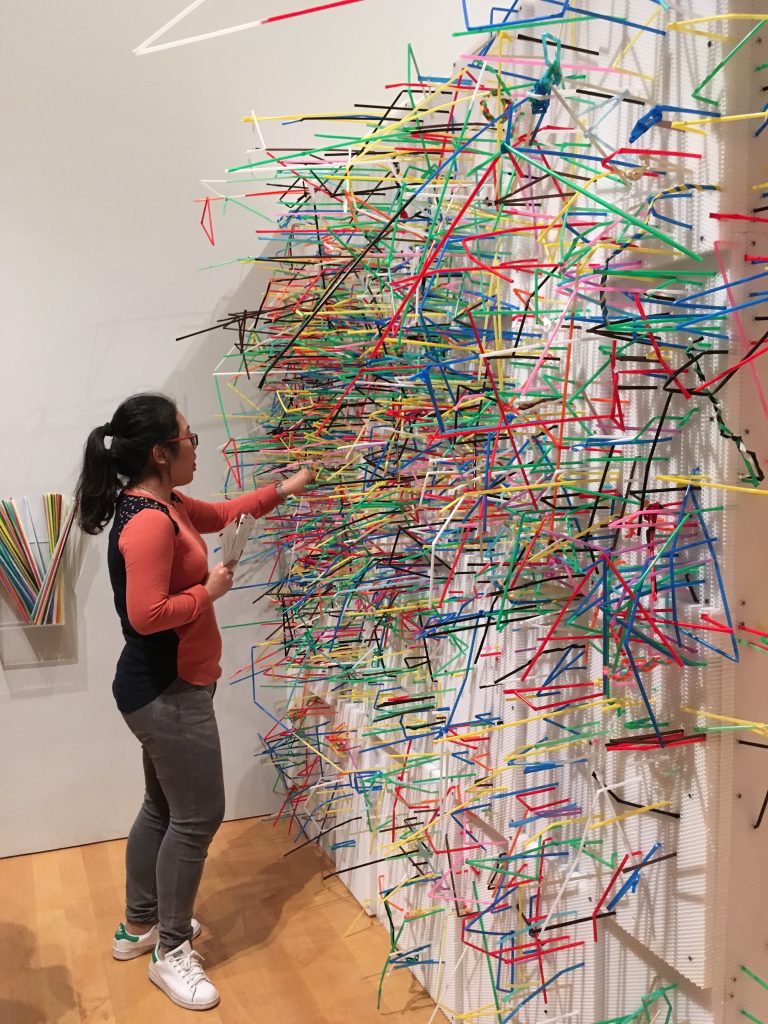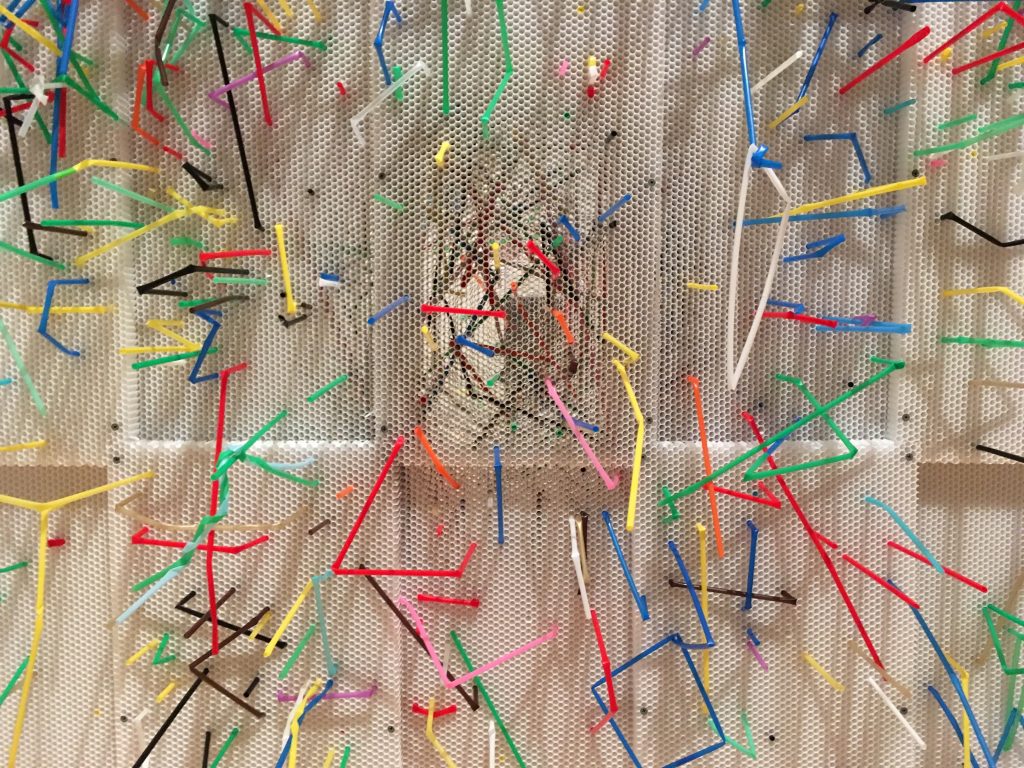
Participatory art is a form of analog art that exploits the aggregate power of the public to create a work of art. In a way, participatory art is form of generative art; though, rather than relying on a digital algorithm, it is predicated on a set of physical constraints and rules and the autonomy of the participants. Indeed, good participatory art involves a clear framework or set of physical parameters that participants operate within, together, to ultimately generate an unexpected, authentic piece of art. The physical medium acts as the rule set; the participants act as the autonomous motors.

This past weekend, I had the opportunity to visit an exhibit at the Philadelphia Museum of Art titled The Architecture of Francis Kere: Building for Community. Francis Kere is a German-trained architect from a small town in Burkina Faso (West Africa) called Gando. During his youth, he was the only child to be given the opportunity to leave his village to become educated. Since his training in Germany, he has committed his career to reinvesting his architectural knowledge into his home town of Gando. By including the community in the design and construction process, he is empowering them with the knowledge, skills, and optimism to modify their built environment and create more livable spaces for themselves.

Part of Kere’s exhibit included a participatory art piece used to demonstrate the power of participation and collaboration in the creation of art and architecture. The piece was predicated on a simple framework consisting of plastic straws and a plastic cellulated wall structure. Participants were able to grab a straw from a bucket and stick it into the cellulated structure. They were able to select the color of their choice, the location of their straw in the wall, as well as the way in which their straw met the structure. The beauty to this system is that the basic parameters (i.e. the physical properties of the straws and the physical properties of the wall) do not lead to singular results. The straws can be bent or twisted or formed into loops, straws can be combined to form larger straws, colors can be clustered or patterned, straws can pass entirely through the structure and appear on both sides. Each of these conditions was evident in the piece when I visited it, and more conditions were continuing to be developed by participants while I was there. In the end, this type of participatory art leads to unique, unexpected results that are dependent on both a set of base constraints as well as the participants’ interpretation and creativity.
For more information about the work of Francis Kere, visit http://www.kere-architecture.com/.
![[OLD – FALL 2016] 15-104 • COMPUTING for CREATIVE PRACTICE](https://courses.ideate.cmu.edu/15-104/f2016/wp-content/uploads/2020/08/stop-banner.png)